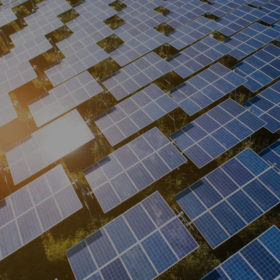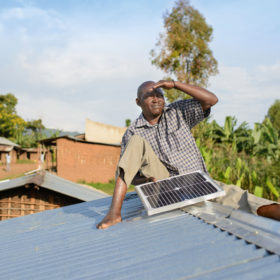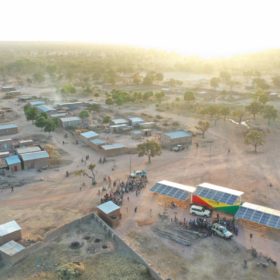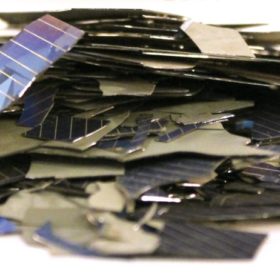African solar installers feel the pinch of rising panel prices
With Chinese manufacturers having warned they will pass on escalating component costs, and shipping expenses soaring since last summer, the rising price of solar is forcing some installers to redraft quotes, pv magazine has discovered.
EU cash will fund solar lights for fishers
Pending final closing, the Electrification Financing Initiative has announced it is considering private equity investments of €1.5 million to two French firms operating in Benin, Togo, Burkina Faso and Senegal, and $1.5 million to a Tanzanian business operating in Tanzania and Uganda.
Senegal launches tender for 133 mini PV plants
The Senegalese Rural Electrification Agency (ASER) is seeking bids for the construction of 133 mini solar power plants across 177 rural villages.
Senegal to host 30 MW solar park coupled to 15 MW/45 MWh of storage
The $40 million projects will be the country’s first large scale solar-plus-storage project.
Off-grid solar funding concentrated in just three companies
With a previous 50-50 split between equity and debt investment funding for the off-grid market lurching to 84% borrowing, and commentators stating most of this year’s backing was agreed before the onset of Covid-19, fears are mounting about the prospects for the sector.
Senegal introduces VAT exemption for off-grid solar products
The Senegalese government is aiming to increase access to solar power in rural areas by reducing VAT on PV panels, inverters, solar thermal collectors and other products in an effort to achieve universal electricity access in the country by 2025.
Solar emerging as best bet for West Africa’s future energy mix
The Economic Community of West African States should prioritize the development of solar PV to meet surging energy demand over the next 30 years, according to a newly published study.
Italian PV panels sent for recycling were instead smuggled to Syria and Africa
Illegally re-badged panels were sold on to Senegal, Burkina Faso, Nigeria, Morocco, Mauritania, Turkey and even Syria. Italian authorities found 60 tons of panels which will be examined.
Unrealistic price signals and an explosion of tenders hinder African PV
French thinktank the Institut Montaigne says Africa is absent from the global solar revolution for several reasons including a lack of suitable financing tools, the small size of projects and a systematic recourse to tendering. Removing artificial price signals set by ever more competitive tenders could be a step towards a more mature market, ready for large scale solar tenders.
Sahel regional leaders give new push for 10 GW Desert to Power initiative
The African Development Bank last year disclosed a plan to install 10 GW of solar in the deserts of the Sahel. A recent summit held in Burkina Faso may have brought the ambitious project a step closer.









